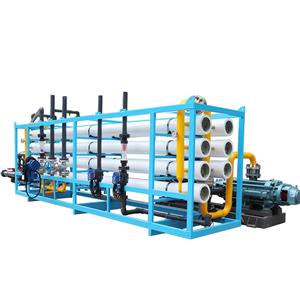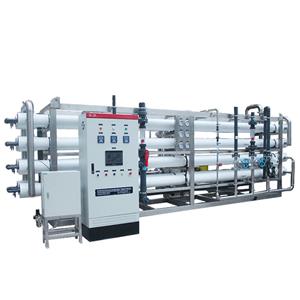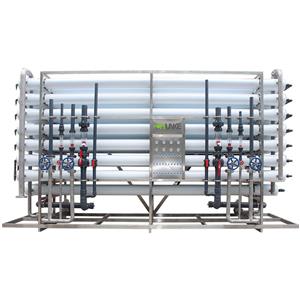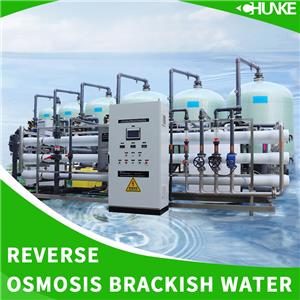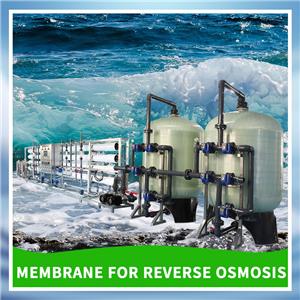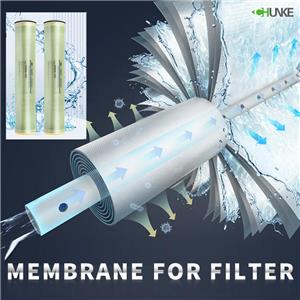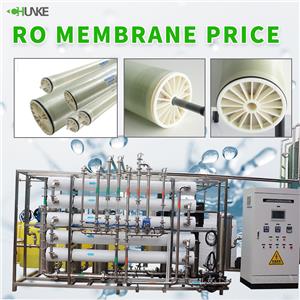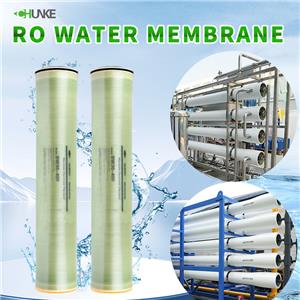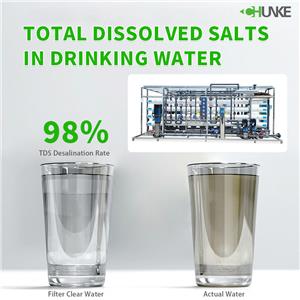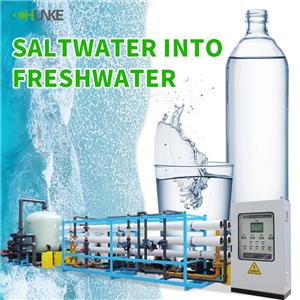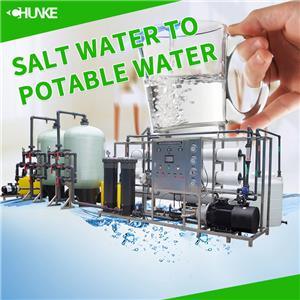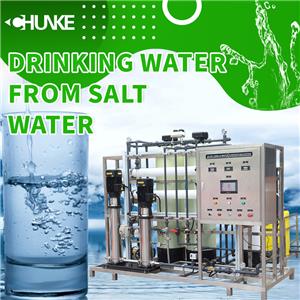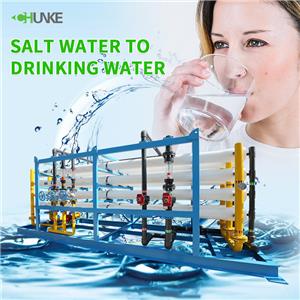-
03-19 2024
What is reverse osmosis brackish water treatment?
The key to reverse osmosis brackish water treatment is RO technology. RO is a process that uses a pressure difference to move water through a semipermeable membrane to remove dissolved organic matter and salts.
-
03-19 2024
How often should reverse osmosis membrane be replaced?
The average replacement cycle of RO membrane is 3-5 years. However, if the RO membrane is still able to produce high-quality water, you can extend its life beyond five years. Therefore, the frequency of membrane replacement depends on its operating conditions and water quality requirements.
-
01-18 2024
What is the role of the filtration membrane in reverse osmosis water treatment systems?
This article provides an in-depth analysis of the role of filtration membranes in reverse osmosis water treatment systems. The filter membrane is constructed using high-tech materials and achieves efficient desalination through a microporous structure, intercepting microorganisms, removing suspended substances, and ensuring water quality.
-
01-16 2024
What is the price of reverse osmosis membranes for household water treatment systems?
The article introduces the price and selection points of reverse osmosis membranes for household water treatment systems. The price of reverse osmosis membranes fluctuates due to multiple factors such as brand, specifications, performance, origin, and market conditions. Consumers are advised to make rational purchases based on their household water needs, brand reputation, water quality, and after-sales service.
-
01-15 2024
How often should the reverse osmosis water membrane be replaced?
Reverse osmosis water treatment systems are renowned for efficient water purification. This article explores the critical component, the RO membrane, addressing the common concern of replacement frequency. Factors affecting membrane lifespan, including water quality, are discussed.
-
01-06 2024
What is the standard for total dissolved salt in drinking water?
This article introduces the standards for total dissolved salts (TDS) in drinking water and their impact on water quality safety. TDS includes various ions and trace minerals, with standards typically ranging from 300 mg/L to 600 mg/L. To ensure that water quality meets standards, many places have adopted brine treatment systems, including reverse osmosis and ion exchange technologies.
-
01-06 2024
Is there a machine that can turn saltwater into fresh water?
A Chinese water treatment company has recently successfully developed a saltwater purification system that converts saltwater into drinking water, taking a crucial step towards global drinking water safety. This system utilizes advanced reverse osmosis membranes and high-efficiency energy drive devices to efficiently and low-energy filter saltwater and produce high-purity fresh water.
-
01-05 2024
How long does it take to go from salt water to potable water?
Chinese company CHUNKE has recently successfully developed a brine purification system, which has attracted widespread attention. The system uses reverse osmosis technology to convert saltwater into drinking water through high pressure. Field tests have shown that drinking water can be obtained in just a few minutes when processing 1000 liters of seawater. Factors such as water source quality and system scale affect treatment time, but in emergency rescue and water resource scarce areas, efficient salt water conversion systems are of great significance.
-
01-05 2024
Can you get drinking water from salt water?
CHUNKE's salt water purification system has attracted widespread attention due to its innovative technology and environmental characteristics. Through advanced processes such as reverse osmosis, the system can efficiently convert saltwater into purified water that meets drinking water standards, solving the global water crisis.
-
01-04 2024
How to turn salt water into drinking water?
The article explores the key role of salt water treatment systems in addressing water resource crises. Through the innovation of membrane separation technology and renewable energy, the system has successfully transformed saltwater into high-purity drinking water, expanding its wide range of applications.

